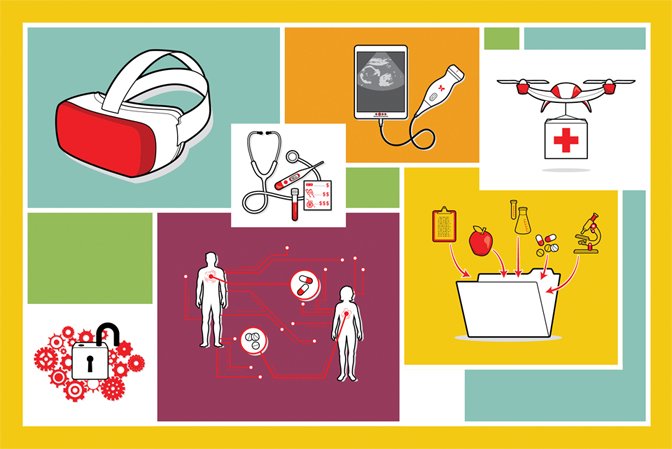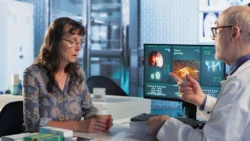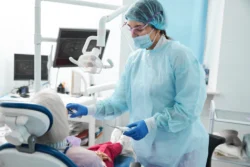There are many industries wherein the use of measurement devices is commonplace including engineering and manufacturing based fields. One field that makes use of measurement devices that you might not have realized is in the medical field.
There are actually numerous ways in which these devices are used in the industry. Here are three of the more unexpected ways measurement devices are implemented in the medical field.
1. Intravenous Machines
Intravenous machines, which are commonly known as IVs, are used in a multitude of medical procedures. An IV is inserted in the vein of a patient and is attached to a machine that provides medicine or nutrients directly into the patient’s bloodstream. Measurement devices are part of the components of this machine.
One of the primary parts of an IV machine is a sensor that is designed to prevent air bubbles from entering the patient’s bloodstream through their IV. Such an occurrence is extremely dangerous, so these devices must be trusted to work properly. A pressure sensor manufacturer has an important job in producing these devices for use in everyday medical procedures.
2. Setting Fractures
When a bone is broken, a physical must set it with the correct alignment so that the bone can fuse back together and the injury can heal. Traditionally, this would have been the work of a skilled physician who would set the bone by hand. When the break in question isn’t too bad, an experienced doctor can certainly handle such a task on their own. However, when a break or fracture is severe or in multiple places, the setting of the bone might be too difficult to do correctly without some technical assistance.
A measurement device, like a specific type of sensor, can be used to help monitor any changes in the alignment of difficult fracture sets. Because such devices are extremely sensitive to any shifts in alignment, a physician can know right away if something is even slightly off. In this way, corrections can be made to ensure the best patient outcome.
3. Medical Training
When a student is training and studying to become a medical professional, there is only so much that they can learn from textbooks, lectures, and exams. Ultimately, every medical professional’s training must incorporate a fair amount of practical training as well. Students must be able to take part in medical procedures being performed by qualified nurses and doctors in order to learn what they will soon be doing themselves.
Today’s medical training is even more hands on, as realistic and lifelike simulations help medical students receive the training they need without necessarily being involved in an actual patient’s procedure. Measurement devices are used in such simulations to monitor all sorts of things.
For example, when a medical student or nursing student is training to help in a labor and delivery scenario, they must learn how much force is acceptable to use on a newborn. Measurement devices in a simulation can tell exactly how much force has been used by a student so they know if adjustments need to be made.







